2025.11.11
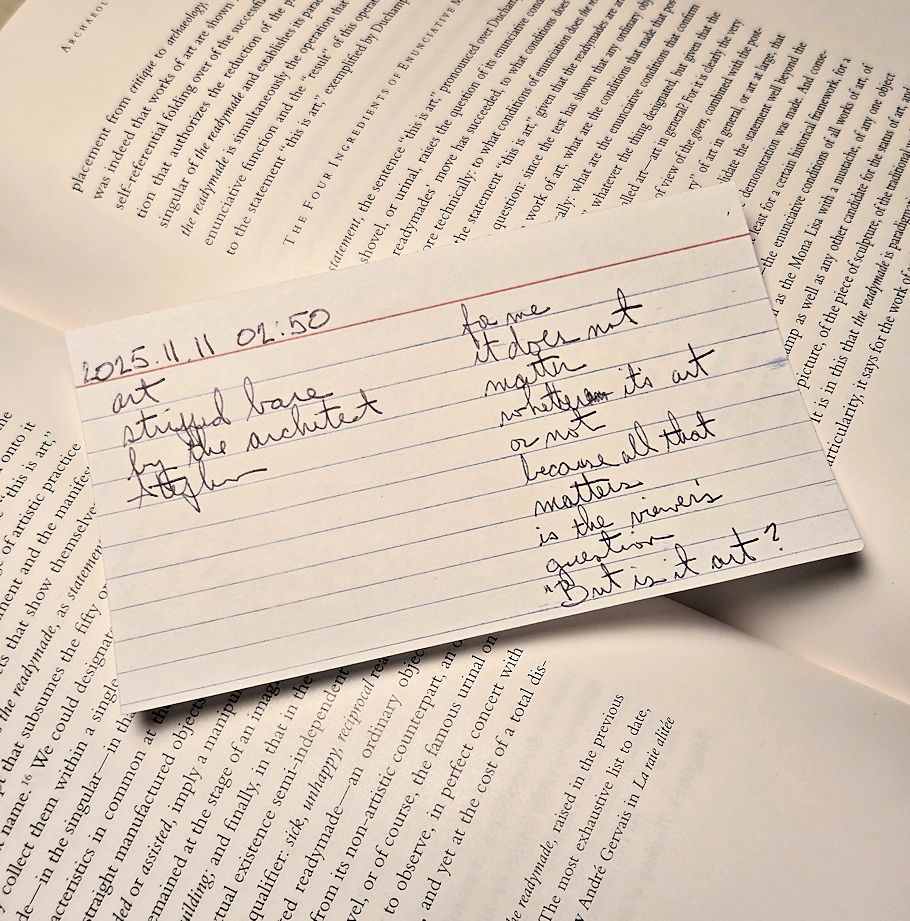
art stripped bare by the [bachelor] Stephen
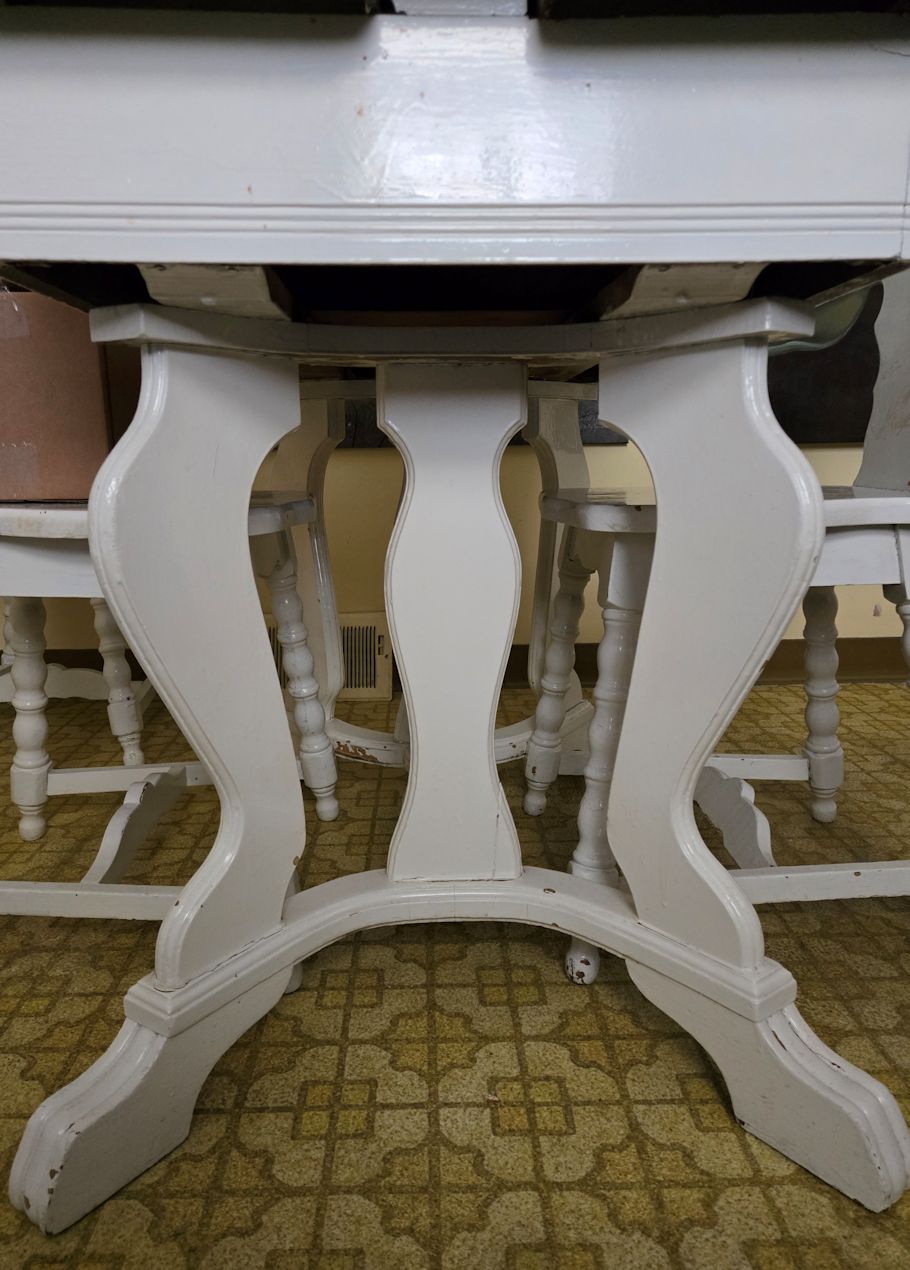
lion legs
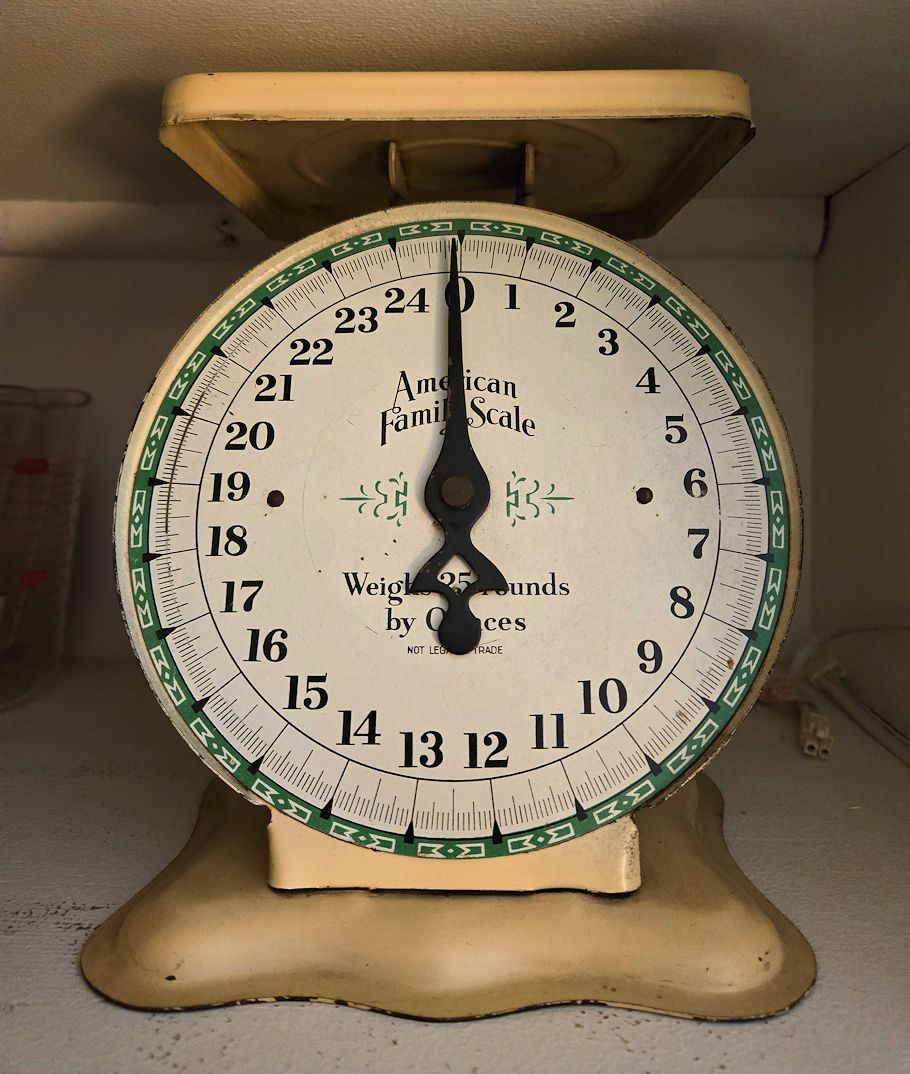
pound for pound . . . in the cabinet, curiously
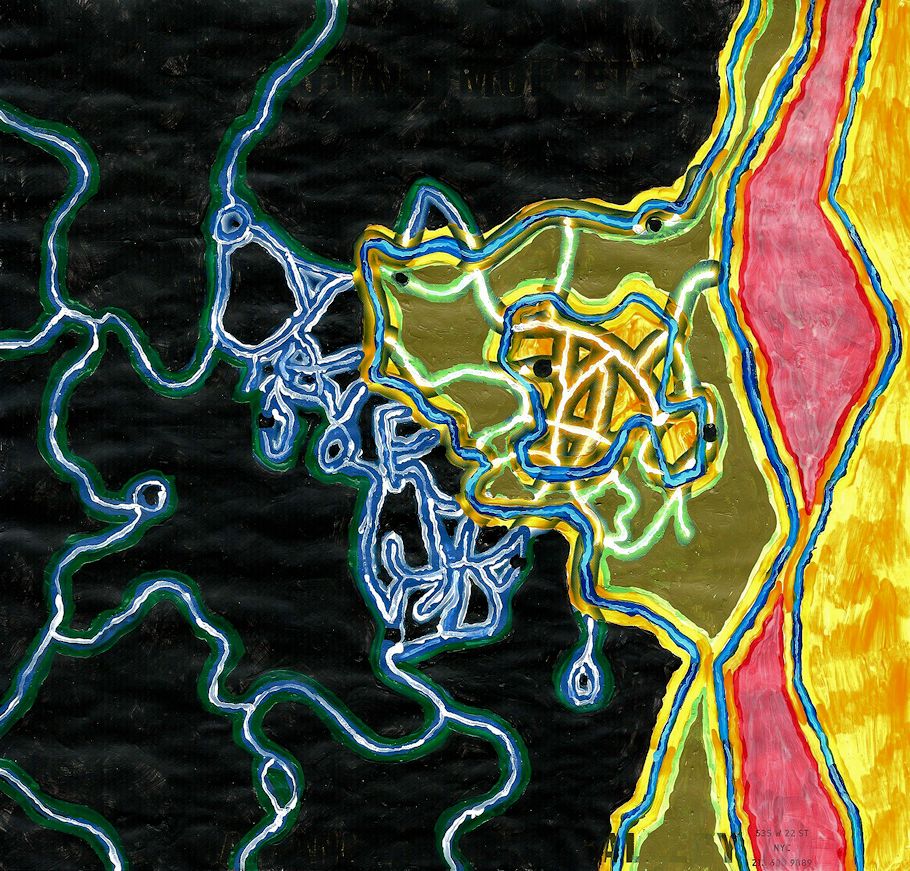
page painting 193
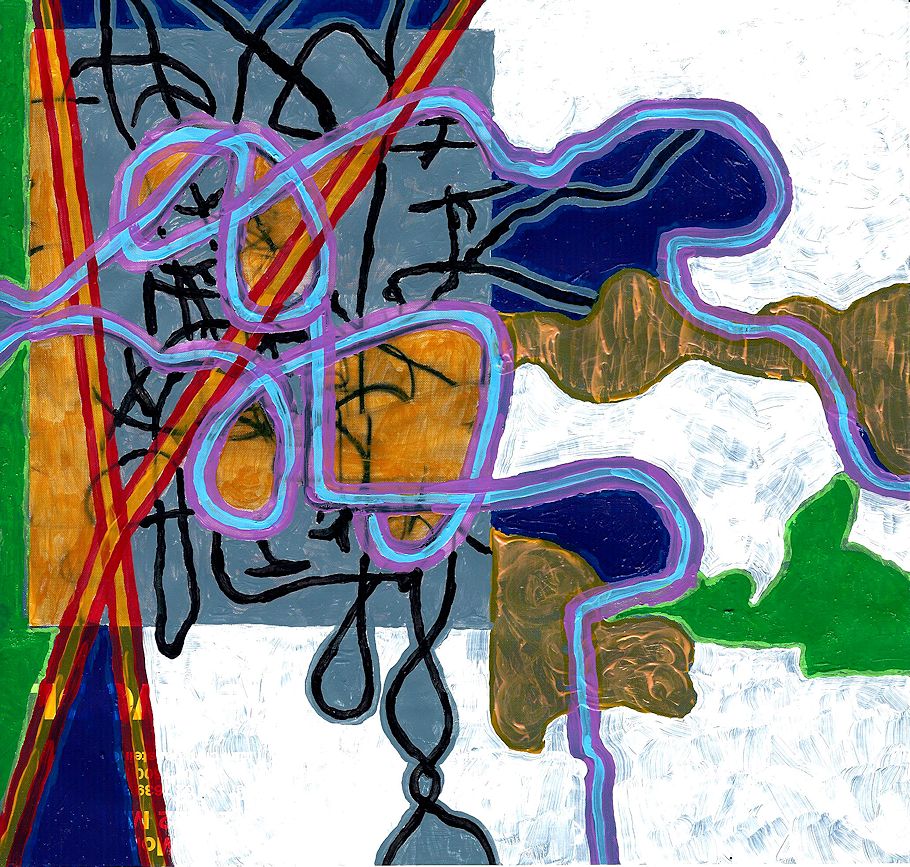
page painting 194
2024.11.11

451 Rhawn Gallery
2020.11.11
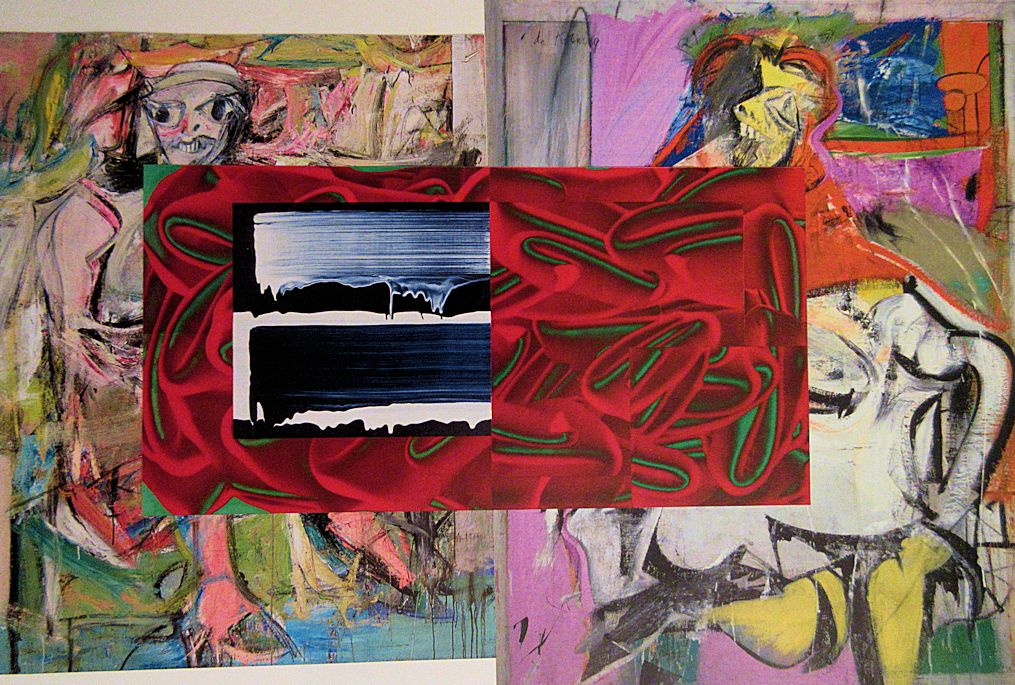
2020.11.11 19:27

2020.11.11 19:51
2018.11.11
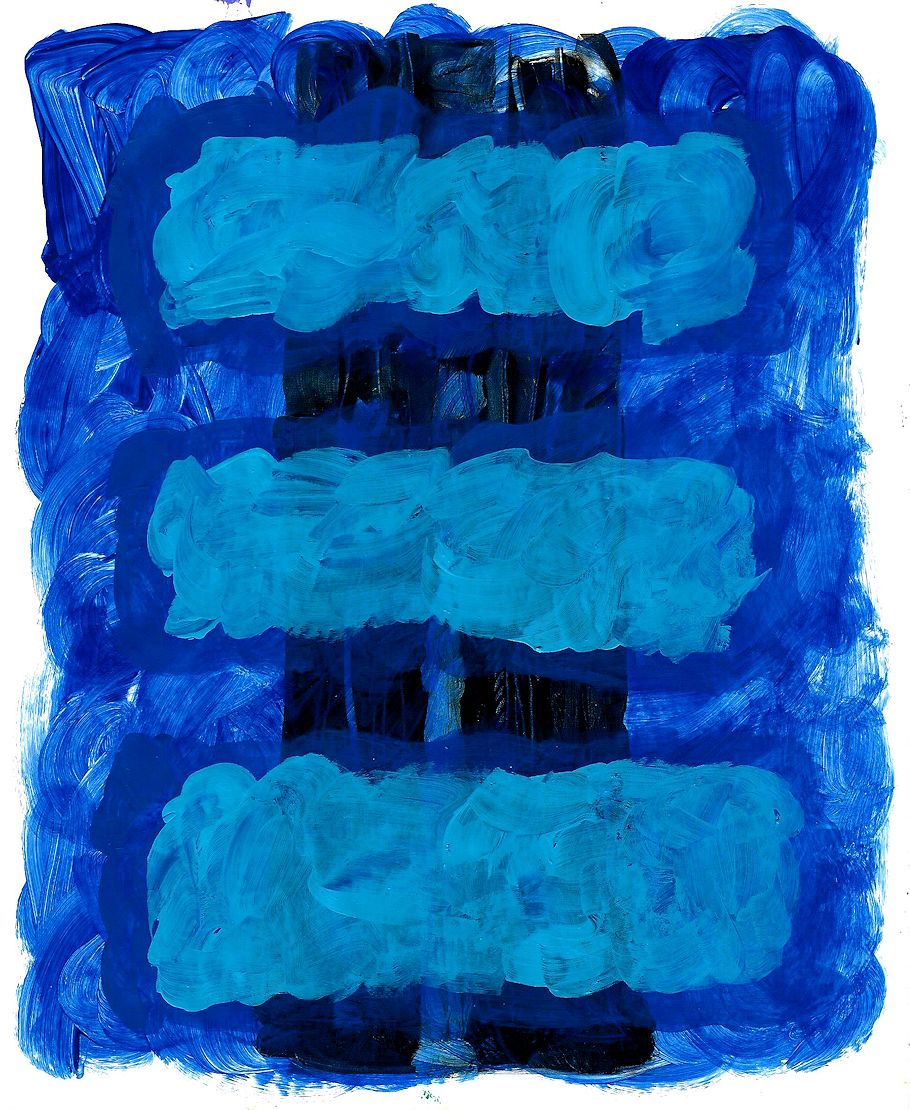
page painting 030

page painting 031
2016.11.11
 16111104.db Mat-Slab-Blob Complex axonometrics perspectives raw
16111104.db Mat-Slab-Blob Complex axonometrics perspectives raw
2013.11.11
atemporality at work?
t a m m u z, I did something I've never done before. I printed out your post yesterday, so I could read it more carefully later in the evening, all in the hope of then crafting a proper response. I wound up writing not much of anything, but I continually reread your post, and found more in it with each reading. It was quite stimulating, actually.
I like how our separate participation in the 2008 theory thread now seems to have been more of a spontaneous jazz riff than a tête-à-tête. And I like, too, how atemporality was a key part of the riff. (The continual re-reading of your post last night also turned out to be like listening to jazz.)
Your ATM story ultimately brought to mind the architectural legacy Ludwig II, king of Bavaria--among other things, he actually did reproduce Versailles. Economically, however, Ludwig's projects were not valorization, rather he spent all his family fortune employing artisans, thus investing everything into his kingdom, which he knew would soon come to an end because of Bismarck's looming plan of German unification. Ludwig essentially made sure his money (and there certainly was a lot of it) was spent entirely for the benefit of his kingdom. It was only after he had spent all his money that his own government then abducted him and declared him insane. It seems there may be many interesting parallels between Ludwig's architecture and the Architectural Teller Machine. Interesting too the parallel that Ludwig's Neuschwanstein and Furness's National Bank of the Republic were both completed in the same year.
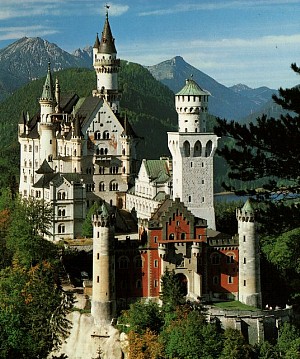
Eduard Riedel, et al, Schloß Neuschwanstein (Bavaria: 1869-1884).
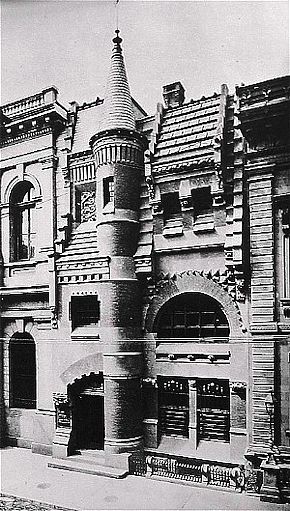
Frank Furness, National Bank of the Republic [Clearing House] (Philadelphia: 313 Chestnut Street, 1883-84, demolished).
"The city street façade can provide a type of juxtaposed contradiction that is essentially two-dimensional. Frank Furness' Clearing House, now demolished like many of his best works in Philadelphia, contained an array of violent pressures within a rigid frame. The half-segmental arch, blocked by the submerged tower which, in turn, bisects the façade into a near duality, and the violent adjacencies of rectangles, squares, lunettes, and diagonals of contrasting sizes, compose a building seemingly held up by the buildings next door: it is an almost insane short story of a castle on a city street. All these relationships of structure and pattern contrast the severe limitations associated with a façade, a street line, and contiguous row houses."
Robert Venturi, Complexity and Contradiction in Architecture (New York: Museum of Modern Art, 1966), p. 61.
2007.11.11
Nudity and Architecture
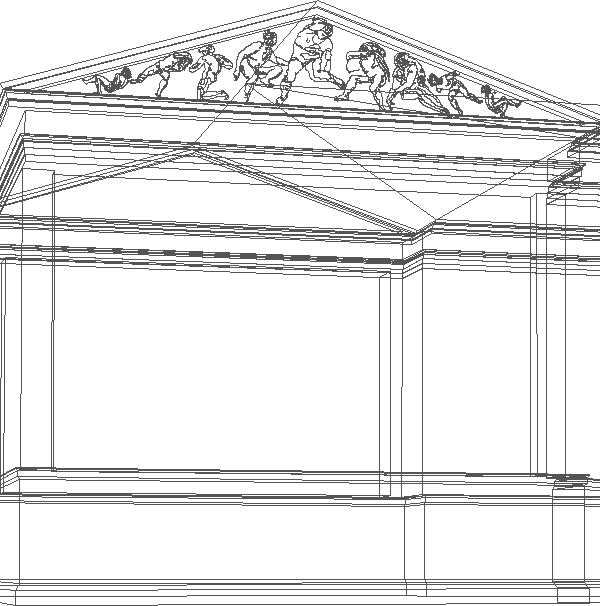
Michelangelo, Ignudi Pediment Project (Philadelphia: Philadelphia Museum of Art, 2005.01.13).

Ignudi Pediment Project in context with Duchamp's The Bride Stripped Bare By Her Bachelors, Even.
2007.11.11
Nudity and Architecture

Excerpt from Marcel Duchamp and C. Paul Jennewein, "Nudist Camp at the Philadelphia Museum of Art" (Philadelphia: Quondam, 2005.03.20), unpublished.
2007.11.11
The End of Boxes
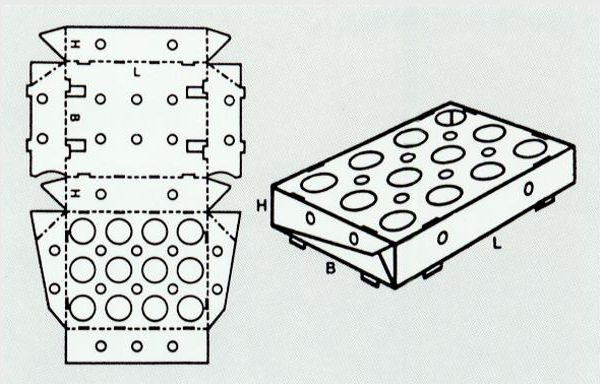
Wolfhilde von Schlittenfahrt, Schachtel Architektur, 2005.12.09
Conjecture: Kiesler's Endless House project may well have inspired the 'blob' elements within Le Corbusier's Electronic Calculation Center Olivetti at Rho-Milan for there are more endless-house-like elements within the Olivetti Center design.
...your last statements (to jafidler) rings true. Diversity is much more a reality than most (critics) like to admit. I'd even go so far as to say diversity is a viable design methodology.
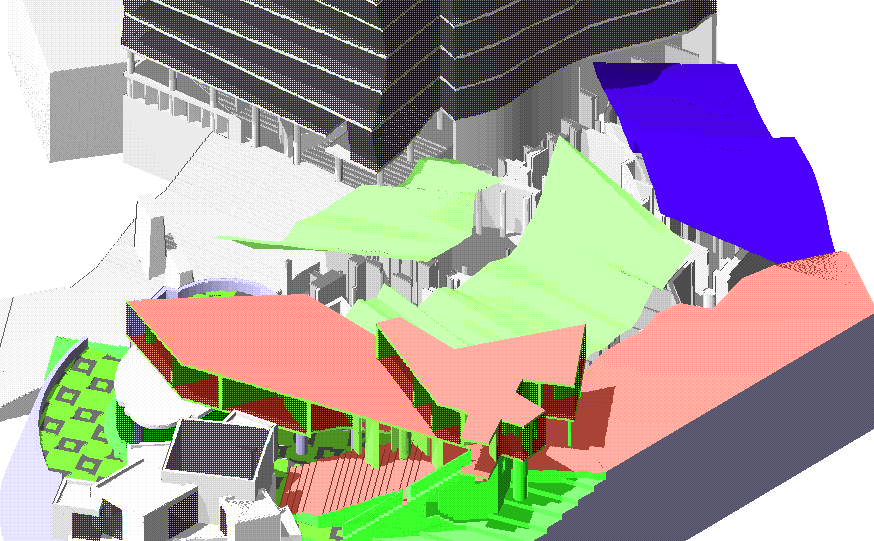
2003.11.11
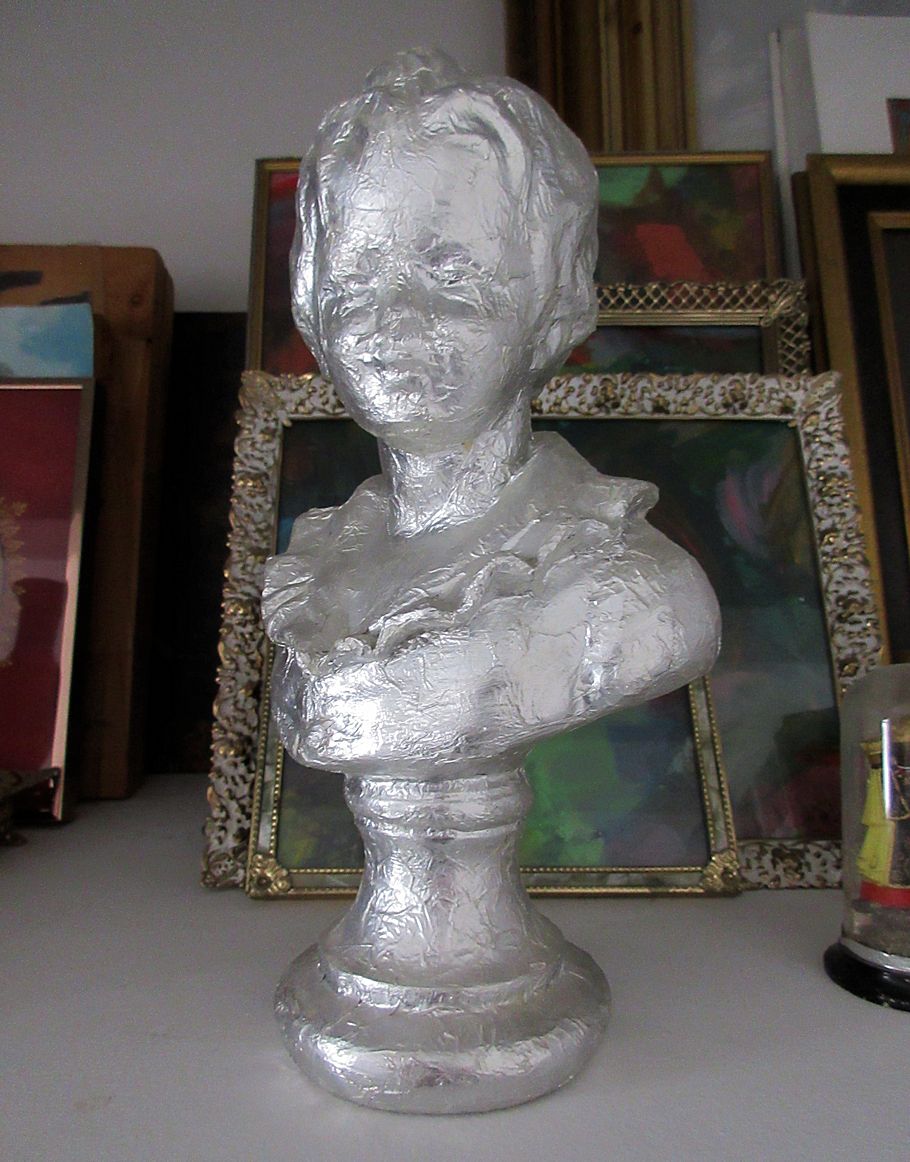
Little Jeff Cocoons
2002.11.11
positioning Étant Donnés [wavelengths]
From Jennifer Gough-Cooper's chronology (Ephemerides) within Marcel Duchamp: Work and Life (1993) with notes/questions by myself:
6 May 1949 Philadelphia: ...and Duchamp makes detailed notes on the architecture of the different rooms [of the Philadelphia Museum of Art where the Arensberg Collection ultimately ends up].
I wonder if these detailed notes still exist somewhere, and whether they might offer an indication that Duchamp in 1949 at least knew of the space in the PMA where Étant donnés is ultimately housed.
20 March 1961 Philadelphia: In the evening, with Katherine Kuh as moderator, Duchamp, the sculptor Louise Nevelson, and two painters, Larry Day and Theodoror Stamos, are members of a panel to discuss "Where do we go from Here?" at the Philadelphia Museum College of Art.
Of the panelists, Duchamp is the only one to make a prepared statement . . . [the 20 paragraph statement is published in full within the chronology and ends with,] "The great artist of tomorrow will go underground."
Roger LaPelle, in Tout Fait's Notes issue 1, no. 3, writes of Duchamp's visit/lecture at the Pennsylvania Academy of Fine Arts in 1962 where Duchamp refers to himself as an "underground artist."
I was in Philadelphia on 20 March 1961, but I was not listening to Duchamp downtown, rather, I was at home celebrating my 5th birthday (no kidding), and I distinctly remember thinking at the time, "where do I go from here? (just kidding)
Has the above mentioned text been published anywhere else beside the Gough-Cooper chronology? It is a very provocative/prescient late Duchamp text.
31 March 1968 New York: [the entry ends with] However, the question of the ultimate presentation of Étant donnés preoccupied Marcel. He finally decided that the one person who might help him solve this problem was Bill Copley. When Marcel first told him the story of the piece Bill could not wait to see it, and readily accepted to present the "demountable approximation" in the name of the Cassandra Foundation to the Philadelphia Museum of Art, if the trustees would accept it.
What I am interested in is whether Duchamp's involvement in the installation of the Arensberg Collection (roughly 1949 to 1954) at the Philadelphia Museum of Art has any direct bearing on the on-going creation and ultimate position/presentation of Étant donnés. I'll pursue all this (I hope) at the PMA library, but if there is already a published study of Duchamp's role vis-à-vis the PMA installation of the Arensberg collection I would much appreciate being made aware of it.
2002.11.11
Re: Bear Necessities: The Art of Rachel Harrison
What I find inspiring about Rachel Harrison's art work (at least what is pictured in Artforum November 2002) is that I can now look at my entire house as a museum containing/exhibiting numerous paintings, sculptures, photographs and installations.
[joke]
What comes after house/palace?
Museum.
What comes after museum?
Pre-shrine.
2001.11.11
things architecturalized
Almost two weeks ago I visited and photographed Louis Kahn's Bryn Mawr Dormitory, which I didn't know was currently being renovated. There was scaffolding around most of the building, and in some places the exterior slate paneling was removed. Rather than being upset that "good" pictures could now not be taken, I took lots of "new" construction shots--recording architecture as it really exists. Inside the dorm was much as I remember it (my last time there was 1989), but the huge clerestory windows do need a real washing. Since I was there the day before Halloween there were various Halloween decorations in the main stair hall, like fake spider webs in the large concrete cut-outs. Kind of went with the scaffolding outside.
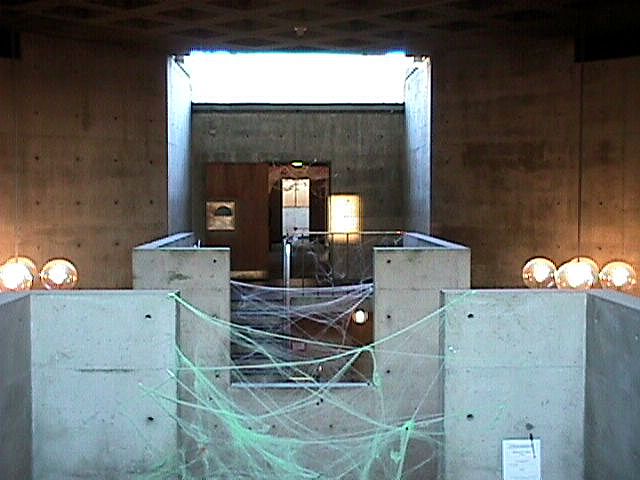
2000.11.11
more vehicles than roads
What I like about these movies is how vehicles are both very literal and very symbolic, and, moreover, it is the seamless transition from literalness to symbolism that the vehicles deliver.
|